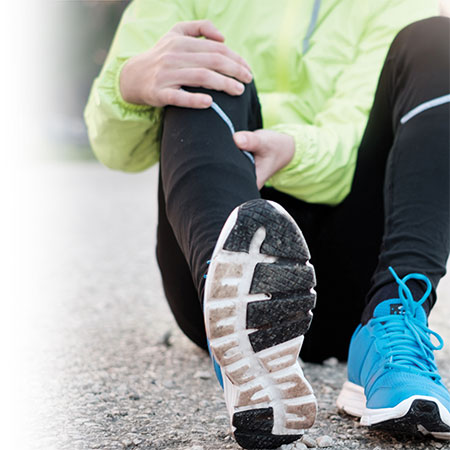What are the most common sports injuries?
Here are some common injuries experienced by sports enthusiasts:
BLISTERS
Lesions on the skin that are similar to a burn that is usually caused by repeated or excessive friction. Blisters are often located on the feet and hands.
MUSCLE ACHES
Non-specific muscle pain that is usually not serious sometimes associated to significant physical effort, especially when returning to training.
MUSCLE CRAMPS
Painful, involuntary, and usually transient contractions to one or several muscles at rest or during effort.
PULLED MUSCLE OR MUSCLE STRAIN
Overstretched muscle (e.g., thigh or calf). A pulled muscle often occurs due to excessive stress during full extension of the muscle. In severe cases, it can lead to a partial muscle tear. The term "strain" usually refers to a more serious pulled muscle with several lesions to the muscle fiber.
SPRAIN
Joint injury usually caused by severely stretched ligaments most often to the ankle or knee.
FRACTURES
Violent break of the bone or hard cartilage following a blow and which requires medical attention as soon as possible.
LOW BACK PAIN
Low back pain is common in sports enthusiasts.
LUXATION
Abnormal displacement of an articular surface in relation to another, most often affecting the shoulder, elbow or knee.
TENDINITIS
Inflammation of a tendon caused by a repetitive movement.

